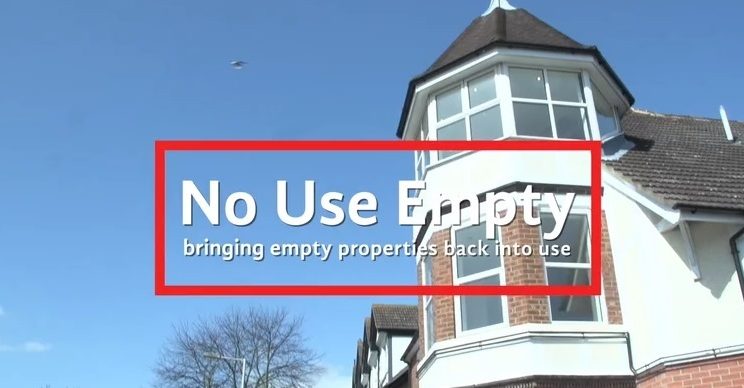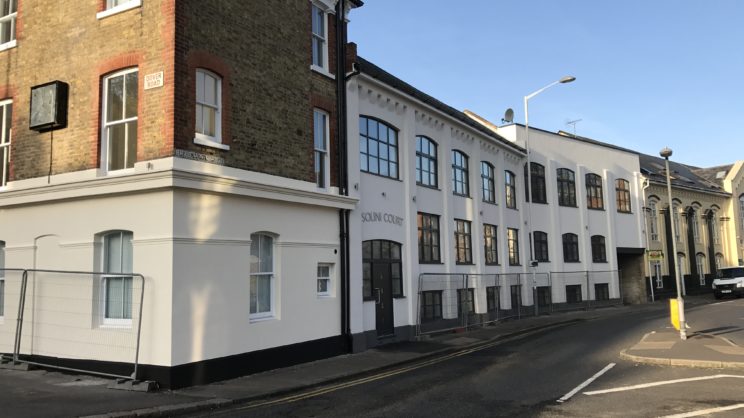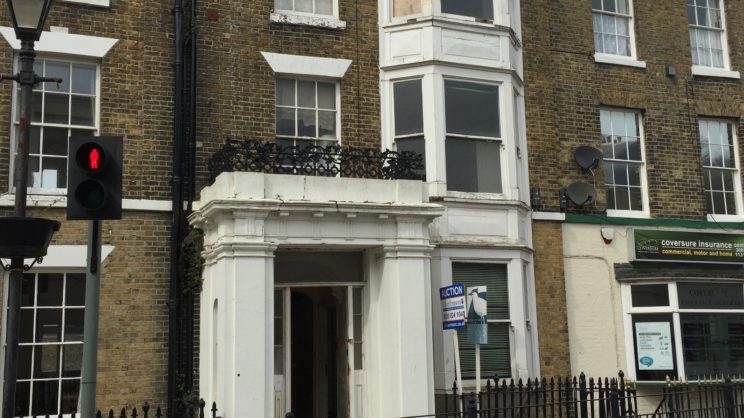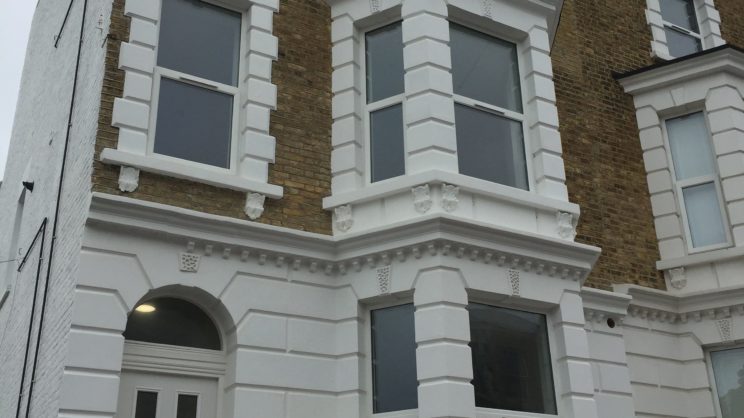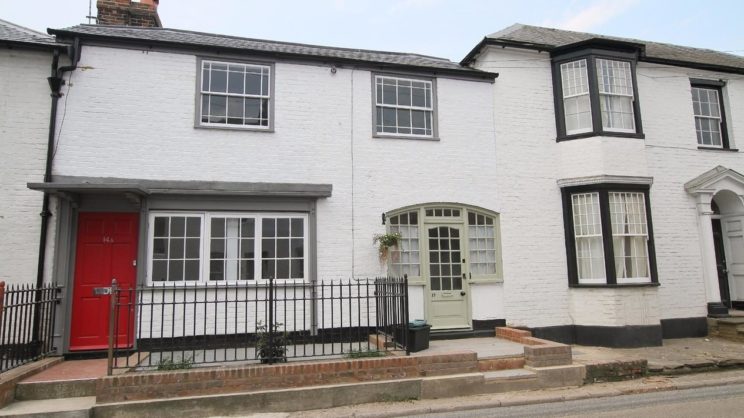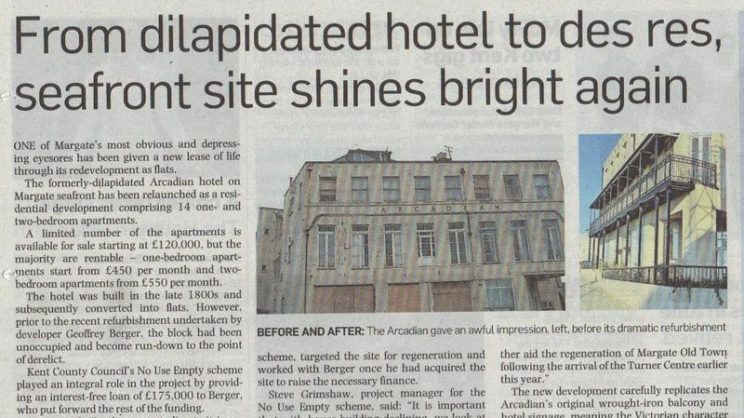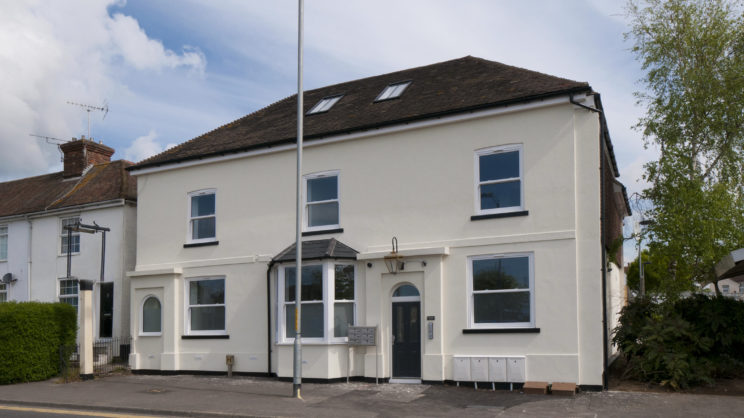National Empty Homes Week: Kent achieves UK’s greatest reduction in empty homes in past year
Kent was UK’s best performing County Council as empty homes provide ‘second front’ against housing shortage
Latest national data on empty homes has revealed that NUE, which was launched by Kent County Council (KCC) in 2005 as a means of returning Kent’s 9,000 long-term empty homes, is the UK’s best-performing County Council returning 506 long term empty homes to use in 2017, resulting in a net decrease of 221.
The statistics are released to coincide with National Empty Homes Week (15 October – 22 October), which aims to raise awareness of the important role existing unoccupied and abandoned properties can have in meeting the UK’s housing shortage.
In total the initiative has returned over 5,500 homes to use through the provision of £25 million in loans, which have helped leverage a figure of up to £28 million.
The figures for 2016-17 demonstrate that the long-standing initiative continues to have a positive impact and Kent continues to lead the way on returning empty homes to use:
- Kent was one of only nine English county councils to make a net numerical reduction in unoccupied properties between 2016-2017. 18 – authorities in the UK reported a net increase.
- The county’s largest reductions in empty homes were seen in Canterbury, Dover, Sevenoaks, Folkestone and Thanet.
- Over the last decade, due to No Use Empty’s interventions, net long-term vacant dwellings in Kent have declined by a third (32.8%) across the county from 7,112 to 4,778.
Mark Dance, Cabinet Member for Economic Development at Kent County Council said:
“With affordable housing demand being so high, NUE’s success story really takes on a whole new importance for our county. The scheme provides a second-front in our proactive measures to tackle the housing shortage head-on. We are happy to support other local authorities who want to adopt No Use Empty as a means of delivering much-needed new housing.”
*Latest figures exclude Bedfordshire; Cheshire; Cornwall and the Isles of Scilly; Durham; Northumberland; Shropshire and Wiltshire.

